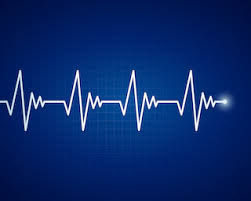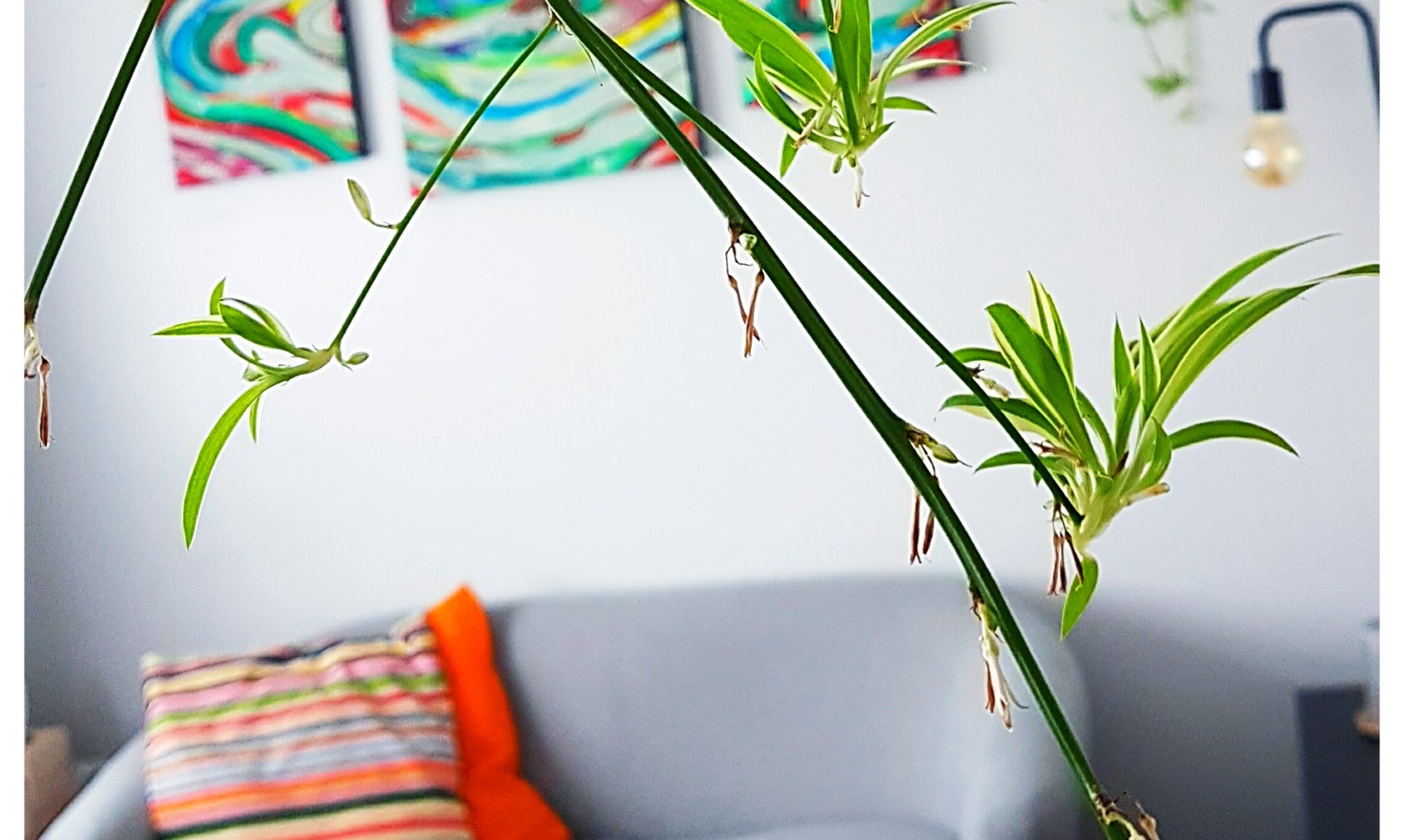
Worry, anxiety, stress, panic… four variations of the same issue, and not one of them brings anything pleasant to our lives. Anxiety is something I encounter daily through my work and life in general. In fact, I would go so far as to suggest it is a 21st Century epidemic.
I thought I would share an exercise that I employ daily, on a personal level, and frequently to help people suffering from anxiety, panic or chronic worry and stress. It is intended to be used day-to-day to reduce anxiety and (ideally) to prevent panic attacks entirely. It focuses on the five senses and can be discreetly practised ANYWHERE at ANY TIME.
- HOW do you do it? I will walk you through the exercise
- WHERE can you do it? I will suggest how to incorporate it into your daily routine.
- WHY would you do it? I will explain the many benefits of the exercise when practised with regularity and commitment.
Ready? Here we go:
Take a seat. Press pause on ‘busy’; life will still be waiting for you in 10 minutes’ time when you are done. Place your feet firmly on the floor, legs uncrossed. Allow your shoulders to drop and release any tension they may be carrying.
Relax your jaw. Relax your brow. Feel the muscles in your face loosen. Feel the weight of your body on the seat; where your body makes contact with the chair…
Without scanning the area, focus on what you can see with your peripheral vision. Find FIVE things you can see. Without active examination, note their colour: the shade and depth. Note the texture. Note how it might move. Note the quality of each of the five things you can see. How does each item make you feel?
Now focus on identifying FOUR things you can feel: perhaps what you are sitting on; a particular item of clothing; the breeze on your face; a fly landing on your arm. Notice the textures, surface pressure, temperature. Note the quality of each of the four things you can feel. What feelings are triggered by each item?
Again, refocus. This time identify THREE things you can hear: perhaps a dog barking in the distance; the hum of a fridge; the ticking of a clock; the dripping of a tap; the laughter of children playing in the street. Notice the tone, the pitch, the volume. Note the quality of each of the three things you have selected to hear. How does each of them make you feel?
Shift your attention to identify TWO things you can smell: perhaps the scent of a passer-by; the coffee in your hand; freshly cut grass; nearby flowers; freshly baked bread. Notice the quality of each of the two things you are focusing on. What images do they conjure? How do they make you feel?
Finally, identify ONE thing you can taste: perhaps it is toothpaste; your last cigarette; the residual taste of chocolate; the froth of an ice-cold beer. Note the quality of what you can taste. How does it make you feel? What images does it stir for you?
Now, open yourself up to the wholeness of the environment around you. No matter how mundane a spot, or how often you frequent the space, it is unlikely that you will ever replicate the combination of sensory triggers you have just experienced. Take note of any things you particularly enjoyed. How might you incorporate them into your daily life? Perhaps a ticking clock was soothing and you might like one at home. Perhaps the dripping tap was irritating and it might improve your environment if it was fixed. Contemplate each experience and appreciate those that brought positivity and peace. In environments where you spend significant time, it may be worth considering how those with negative effects might be addressed.

Where are you supposed to do this?
Each day, complete this exercise in a different environment: outdoors, indoors, at home, at work, at the beach, in a park, in a coffee shop or library. If you are uneasy with just sitting and appearing strange to passers-by, hold an open book without reading, or put in headphones which aren’t connected to anything. If you wish, you could keep a journal of your sensory experiences.
BUT WHY???
The happy by-products of the sensory exercise include deeper, energising and calming breathing, slowed heart-rate, connection with our environment, appreciation for our ability to experience the world through our senses, mindful presence, and identifying sensory stimulants that encourage inner peace and positivity so that we may incorporate them with intent into our daily lives.
So there you have it: 10 minutes a day will save you a whole lot of time recovering from an anxiety attack… or allow you to stop avoiding your life!
If you would like a little more help managing anxiety or stress, Sage Counsel is here to help
Contact Sage Counsel: 086-8539718 sagecounsel@outlook.com
